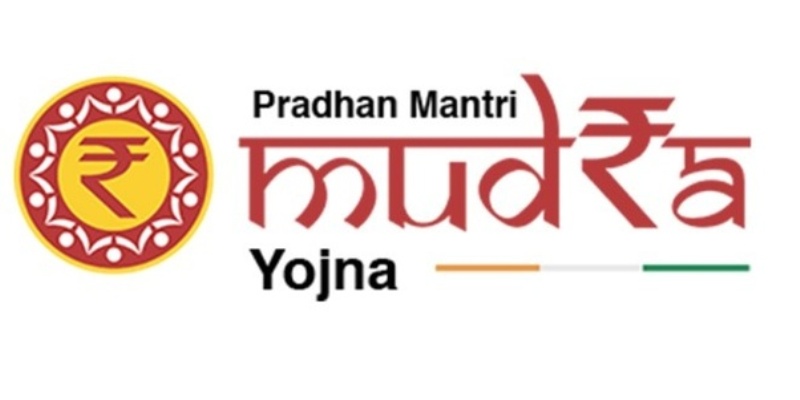A Government of India offering, Mudra loan serves as an ideal financial solution for an entrepreneur who needs a financial boost to start a new venture, or expand an existing set-up. Being an acronym, Mudra stands for Micro Units Development and Refinance, and true to its name, it aims to provide financial support to micro, small and medium-sized ventures.
Research has revealed that while the organized industry can easily gain access to the financial solutions offered by lenders, the informal sector suffers from severe cash crunch owing to lacking the wherewithal to build savings or avail loans. Therefore, programs like Mudra loan have been devised to empower this segment by catering to their financial needs and granting monetary assistance as and when required. To this effect, this loan is ideal for ventures that belong to the service sector, food and textile, shopkeepers, traders and workforce related to agriculture.
Mudra loan features, eligibility and documentation
Applicants of Mudra loan have the choice of opting for either of the following three categories –
- Shishu loan, wherein the sanctioned amount is limited to an upper ceiling of Rs.50,000;
- Kishore loan, wherein the sanctioned amount can be anywhere between Rs.50,000 and Rs.500,000;
- Tarun loan, wherein the sanctioned amount should not fall below the lower limit of Rs.500,000 and must not stretch beyond the upper ceiling of Rs,10,00,000;
Therefore, regardless of whether you wish to fund the operational costs of your business or opt for a complete revamp through renovation, repair and maintenance, all you need to do is select a Mudra loan which appears most suitable and submit your application.
Mudra loan eligibility requires you to be –
- Older than 18 years, but younger than 65 years;
- Own a business venture which might be a start-up, relatively new or a fully operational commercial entity;
Also, lenders do not demand a collateral from the applicants of Mudra loan, and just ask for the following documentation at the time of submitting the application –
- Accurate information in the form;
- Identity proof, which can vary from voter’s id or Aadhar card to passport etc;
- Address proof through the identity proof document or even the utilities bill would work;
- Usually 2 passport-size photographs of the person applying for the loan;
- Certificate declaring your caste, in case it is relevant in the application;
- Other documents as specified by the lender, particularly pertaining to the purpose of the loan;
To apply for a Mudra loan, you first need to identify a lender who provides financial assistance under this scheme. Next, you will need to approach them, fill in the application form as per instructions with accurate information, and provide all the relevant documents. At this point, the lender will inform you of all the terms and conditions that are applicable on Mudra loan eligibility, and also scrutinize your proposal.
With all the steps having been fulfilled, lenders draw the procedure to a close by discussing the feasibility of the venture with you. On being sufficiently convinced, they approve the loan for your business to benefit from.
Availing of a Mudra loan can benefit you in several ways, primary among which is the flexibility that it offers in terms of spending the amount. Whether you treat it as a term loan, a working capital loan or any other type of loan, the processing fee involved is minimal and there is no requirement of collateral in order to qualify.
Therefore, you can avail of a loan of up to Rs.10,00,000 at low interest rates and not so stringent repayment options, and support your business in whichever way you see fit. Lenders will scrutinize all the information including your venture, and then decide whether or not to grant you the loan under the Mudra scheme.
Hi, I am Adam Smith, Admin Of TechSketcher, Creative blogger and Digital Marketer.
